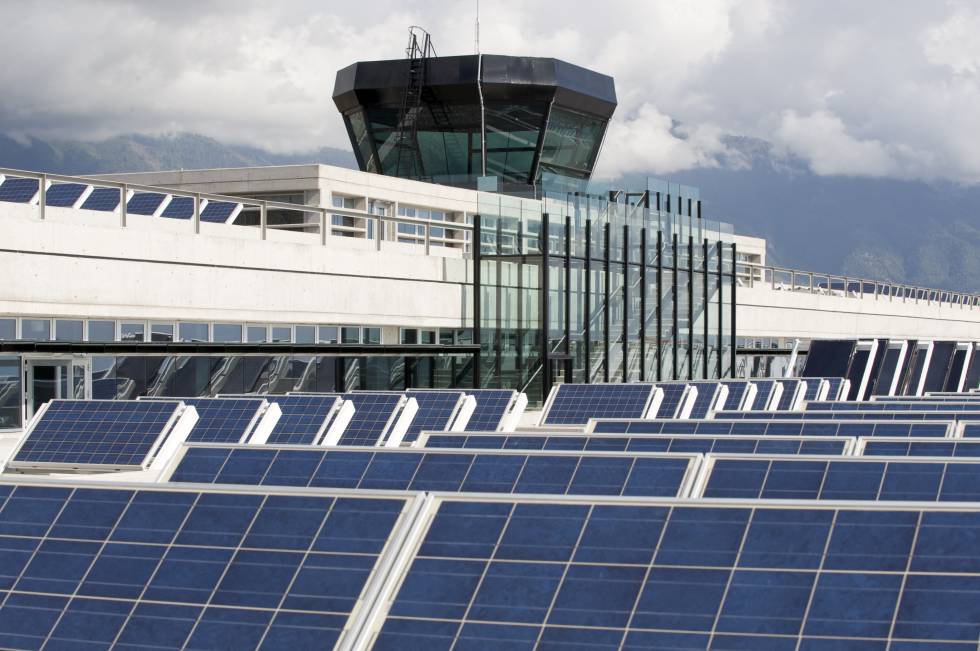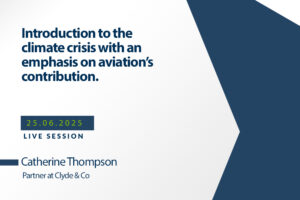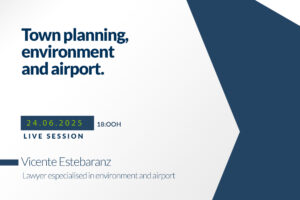
Some examples of sustainability in air transport
News
Airlines have recently been under increasing pressure to act on emissions.
According to EU data, direct aviation emissions represent about 3% of total EU greenhouse gas emissions and more than 2% of global emissions. If aviation were a country, it would be among the top 10 emitters.
Easyjet will be the first major airline in the world with zero net carbon dioxide flights.
The british company announced its ambitious plans and explained that it wants to compensate all emissions of the fuel used by investing in projects that include tree planting and protection against deforestation. According to Easyjet’s website: “We know carbon offsetting is not perfect, but right now we believe it’s the best way to address the carbon emitted from flying. It’s just part of our drive to become a more carbon neutral airline. We’ll continue to research and implement other ways to reduce emissions, such as removing weight from our aircraft or taxiing on one engine. We’re already championing the development of electric technology and will continue to do so”.
It is estimated that the program will cost Easyjet about 29 million euros.
Regarding the impact of this strategy on the passenger, the firm claims that it will only result in a more sustainable trip. The company has made it clear that the measure will not lead to an increase in the price of flights or jeopardize the performance of the aircraft or the safety of those traveling on board.
On the part of the airports, those of the Aena network that are part of the Airport Carbon Accreditation (ACA) program, in their continuous work to minimize CO2 emissions from air transport, have taken another step in the fight against change climate after renewing the ACA certification. This program allows, on a voluntary basis, to evaluate and recognize the efforts of airports to manage and reduce their CO2 emissions associated with their activity.
Airport Carbon Accreditation is a certification granted by the International Airports Council (ACI) that establishes an accreditation system based on four levels (Level 1 “Inventory”, Level 2 “Reduction”, Level 3 “Optimization” and Level 3+ “Neutralization ”), Which respond to progressive commitments to reduce CO2 emissions, with the ultimate goal of achieving carbon neutrality.
Thus, the Airports of Alicante-Elche, Menorca and Santiago, have renewed the Airport Carbon Accreditation Level 1 “Inventory” certification; while Adolfo Suárez Madrid-Barajas, Josep Tarradellas Barcelona-El Prat, César Manrique-Lanzarote and Palma de Mallorca have renewed the Level 2 “Reduction” certification. The Malaga-Costa del Sol Airport stands out for having managed to ascend from Level 1 to 2.
Within the framework of Aena’s strategy to address the challenge of the fight against climate change, this is the roadmap towards decarbonization:
-Reduce 30% CO2 emission by 2020 and 40% by 2025.
-Airports of Madrid and Barcelona carbon neutral in 2030.
-Reach zero emissions at all airports in 2050.
CONTACT info@itaerea.com +34 968 966 885 TEACHERS TRAINING





